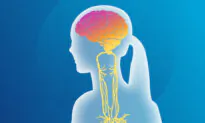Our feet are one of the most overworked parts of our bodies—literally. They carry us from place to place, take all the impact when we jump or run, and come in contact with everything from scorching cement to some pretty wild germs.
We think of our feet as tough and durable (and they are), so we don’t always spend too much time thinking about the aches, pains, and warning signs that they may give us. After all, it makes sense for them to feel sore when we walk miles or feel a little bit numb when we cram them into tight shoes for hours.
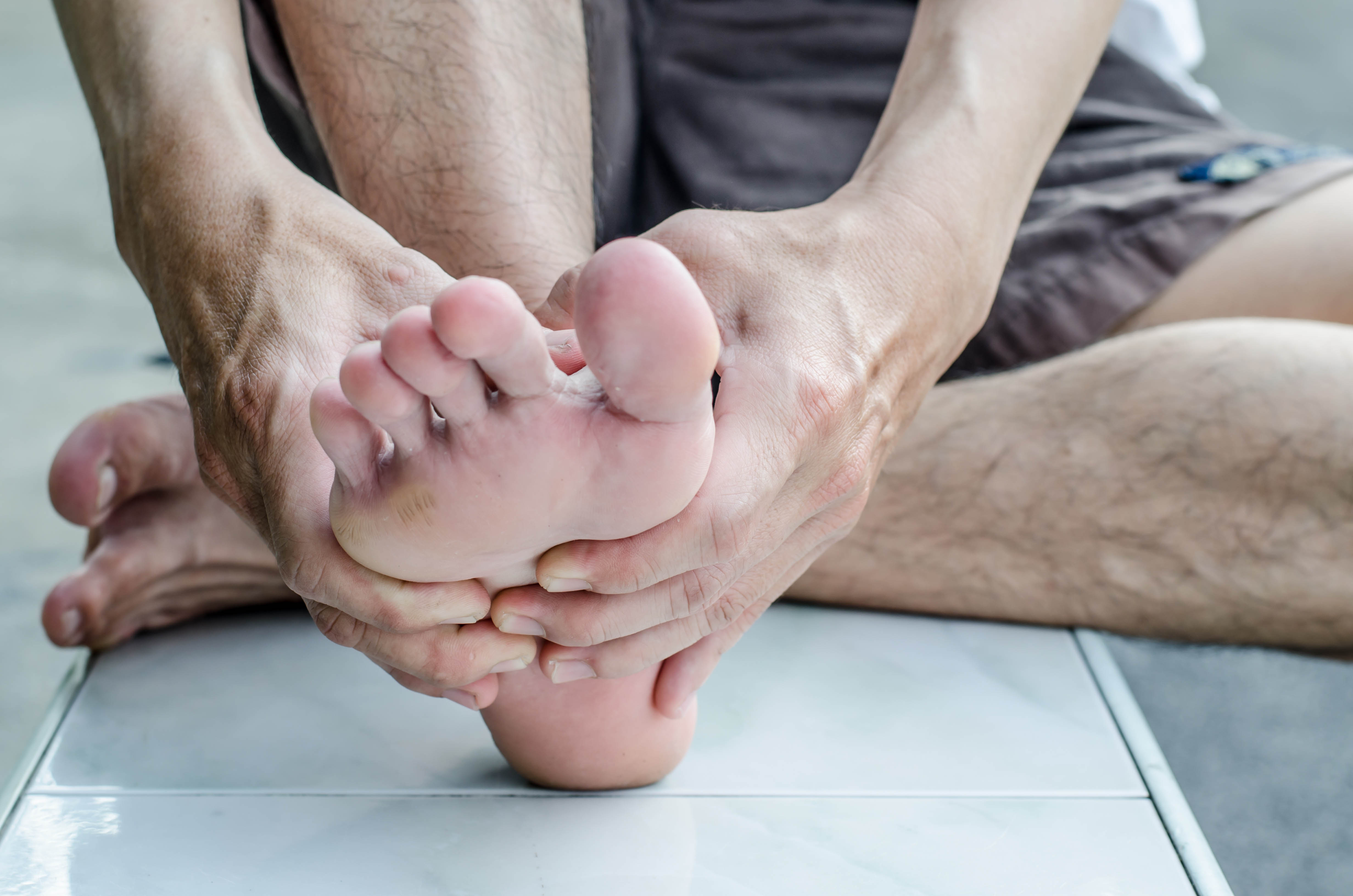
As much as our feet sometimes display nothing more than soreness from general wear and tear, though, they’re also pretty good canaries in a coal mine of our health. They are sometimes able to detect health issues before they start to show symptoms elsewhere in the body.
Not every symptom is always a sign of something dire, but here are five key signs to keep an eye out for. They can mean something is wrong—and at the very least, they can be a key reason to visit your doctor and get yourself checked out.
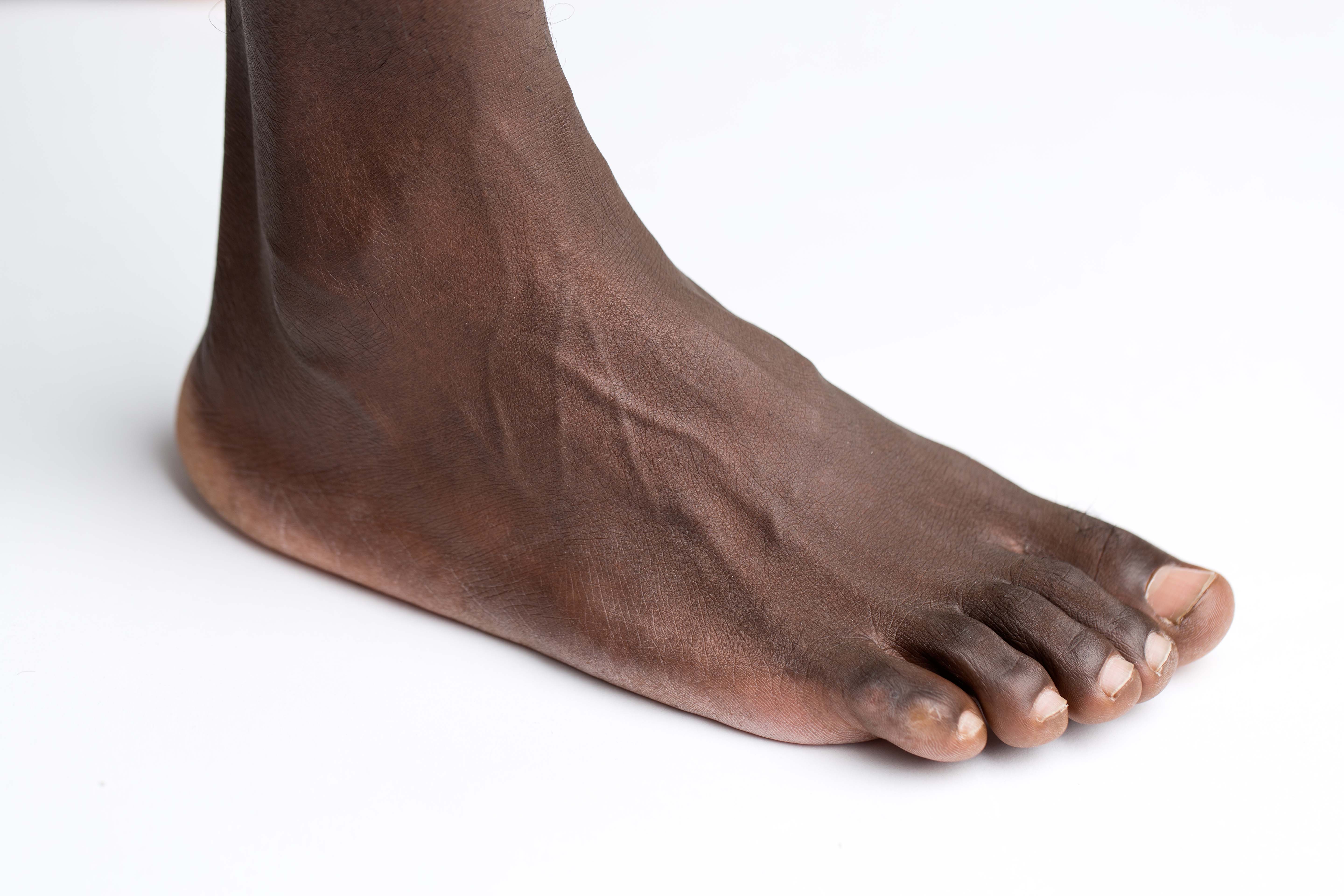
Cold Feet
We’ve all heard of “getting cold feet” before a big commitment, indicating that you’re having second thoughts. It’s more than just an age-old idiom—it’s also a health symptom that can indicate some serious warnings, too.
In reality, cold feet can be a major sign that you aren’t getting proper blood flow. When your blood isn’t pumping through your body properly—a key indicator of cardiovascular issues or potential blood clots—the first parts of your body to suffer are your extremities. Your toes and feet will feel cold when your blood doesn’t pump properly and warm them up.
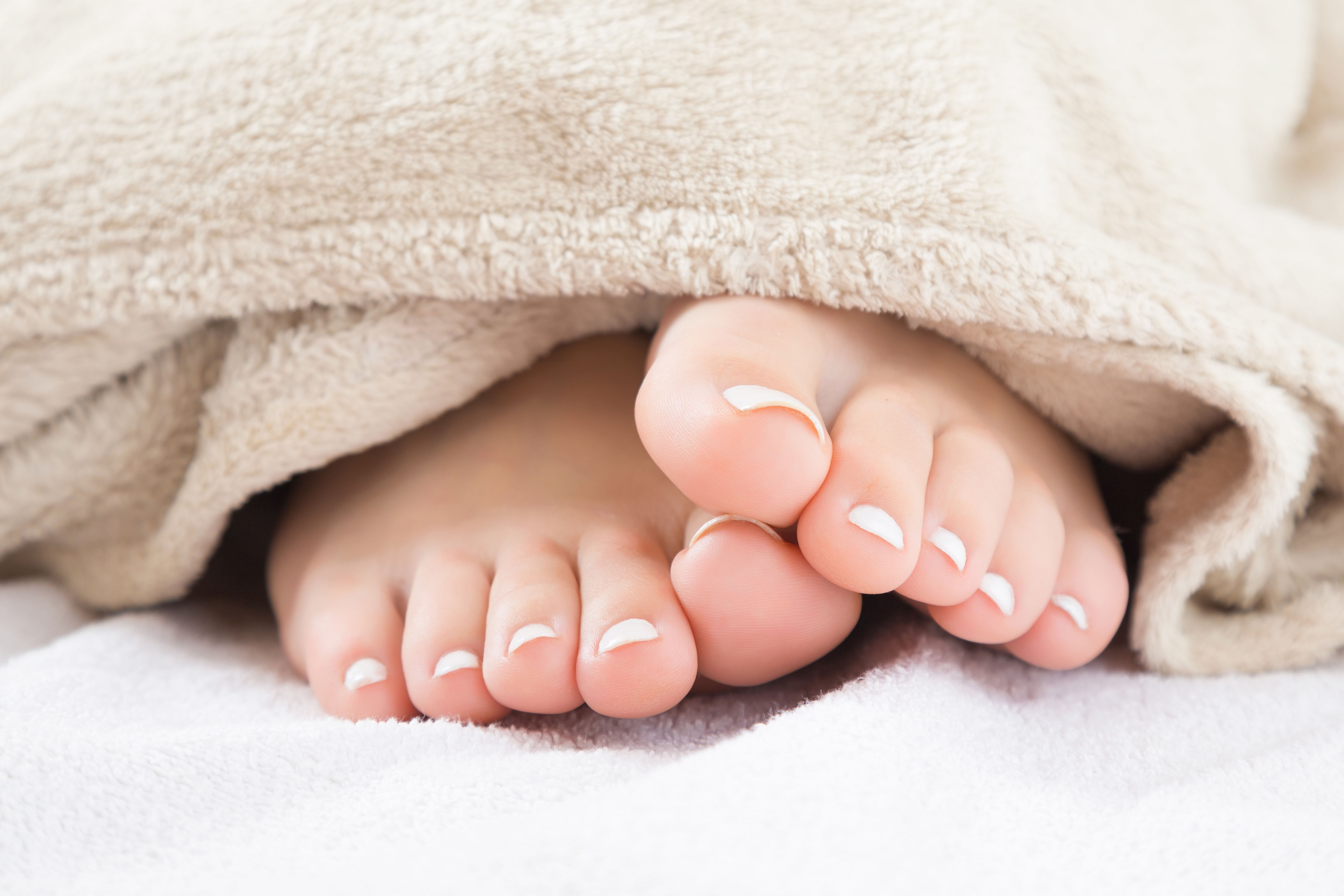
In other cases, cold feet can be a symptom of nerve damage caused by untreated or uncontrolled diabetes, so if you either haven’t been diagnosed with diabetes or haven’t been following a proper treatment plan, this can be a huge red flag that something is going very wrong.
Of course, you could also just have cold feet; not everyone experiences the same levels of body warmth while fully healthy, and that’s totally okay. But even if it turns out to be nothing, chronic icy toes—even when the rest of you is ready for shorts and a tee—is probably a sign that it’s time to call up your general practitioner.
Foot Pain
If you’re either a regular runner or have to walk around a ton—especially if you have to do so in high heels—chances are you’re no stranger to aching, sore feet. We’ve all gotten home from work and needed some time to sit down and massage our feet after standing for hours at a time.
While sore feet can be nothing more than a sign of overuse, though, they can also be a sign that there’s a much bigger problem. Consistent, sharp, and shooting pain can be a sign that you have a hairline, or stress, fracture—and while those are somewhat common and easily treated, they can lead to much bigger problems if left ignored. A hairline fracture can very quickly spread, and can even become a full break if pressure is continually applied to it.
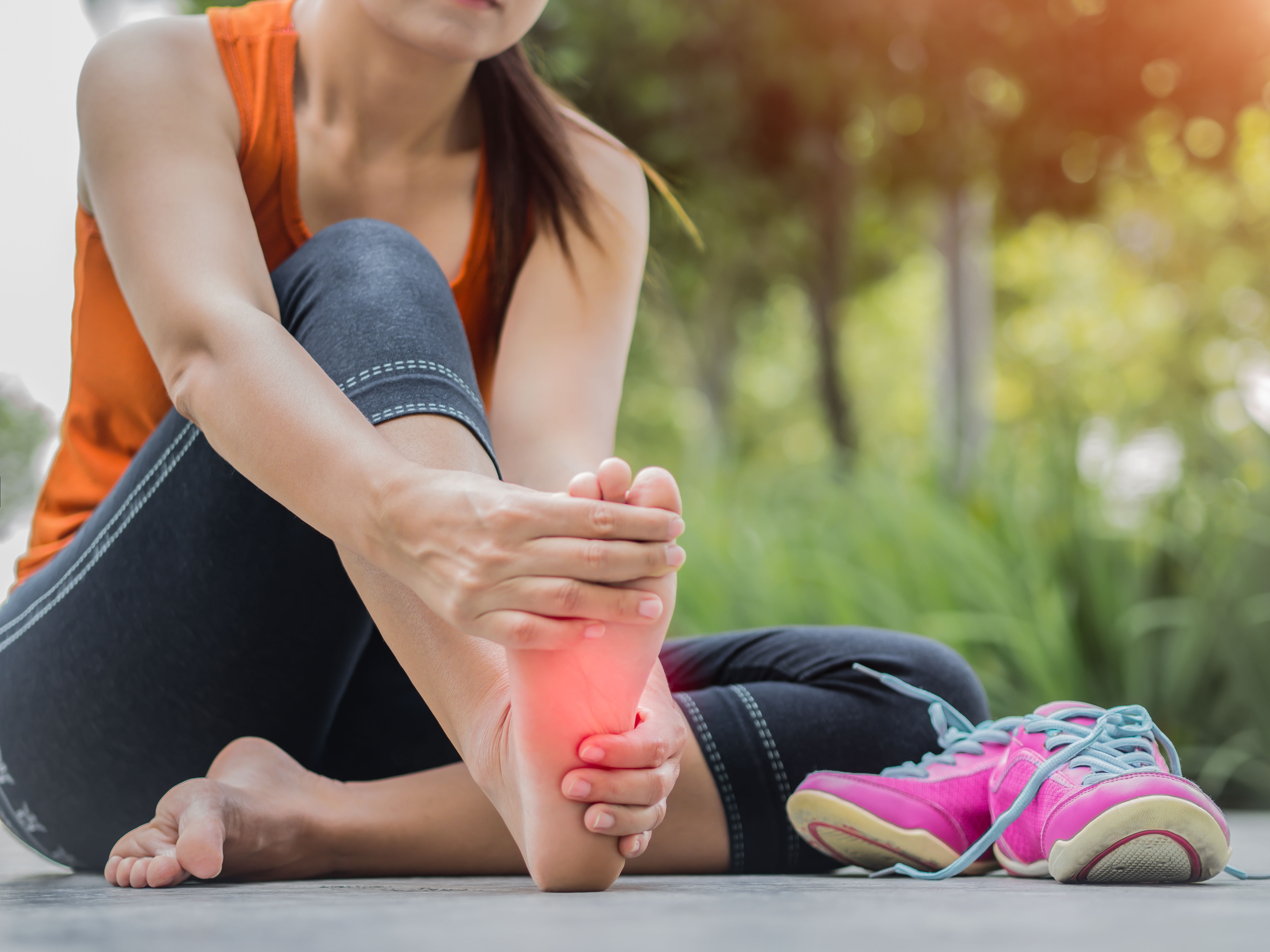
You can walk and even run on a stress fracture, so don’t assume that you’re fine just because you’re still mobile. If the pain doesn’t seem to go away with a bit of rest—especially if you either wear heels or do some kind of high-impact exercise like basketball or running—it’s time to give your doctor a call.
If you’re a woman, this advice is especially pertinent. According to studies conducted over the years, women are more likely to wear shoes that provide more fashion than function, and as a result are more likely to suffer from foot pain. But similarly, women are statistically at a higher risk for osteoporosis, a condition that causes brittle bones. This, combined with the frequency with which women wear heels and ill-fitting shoes, can mean that a trip to the doctor could both identify a hairline fracture and could help identify osteoporosis early on.
Numbness or Dragging Feet
We’ve all been tired enough to drag our feet along the carpet, but always be mindful of how often you check in with your doctor if those dragging feet aren’t just regular tiredness. If you find yourself having trouble picking your feet up off the ground—or if you start to feel numbness in either your entire foot or your toes—it’s time to get checked out.
In some cases, numbness relates to a loss of blood flow, which can be a sign of blood clots or other cardiovascular issues. In other cases, though, numbness and dragging feet are signs of nerve damage—which can be a sign that you need to be checked for diabetes, infection, or a vitamin deficiency. These health problems all have varying levels of severity and can be treated with varying levels of ease, so you don’t want to leave this untreated.
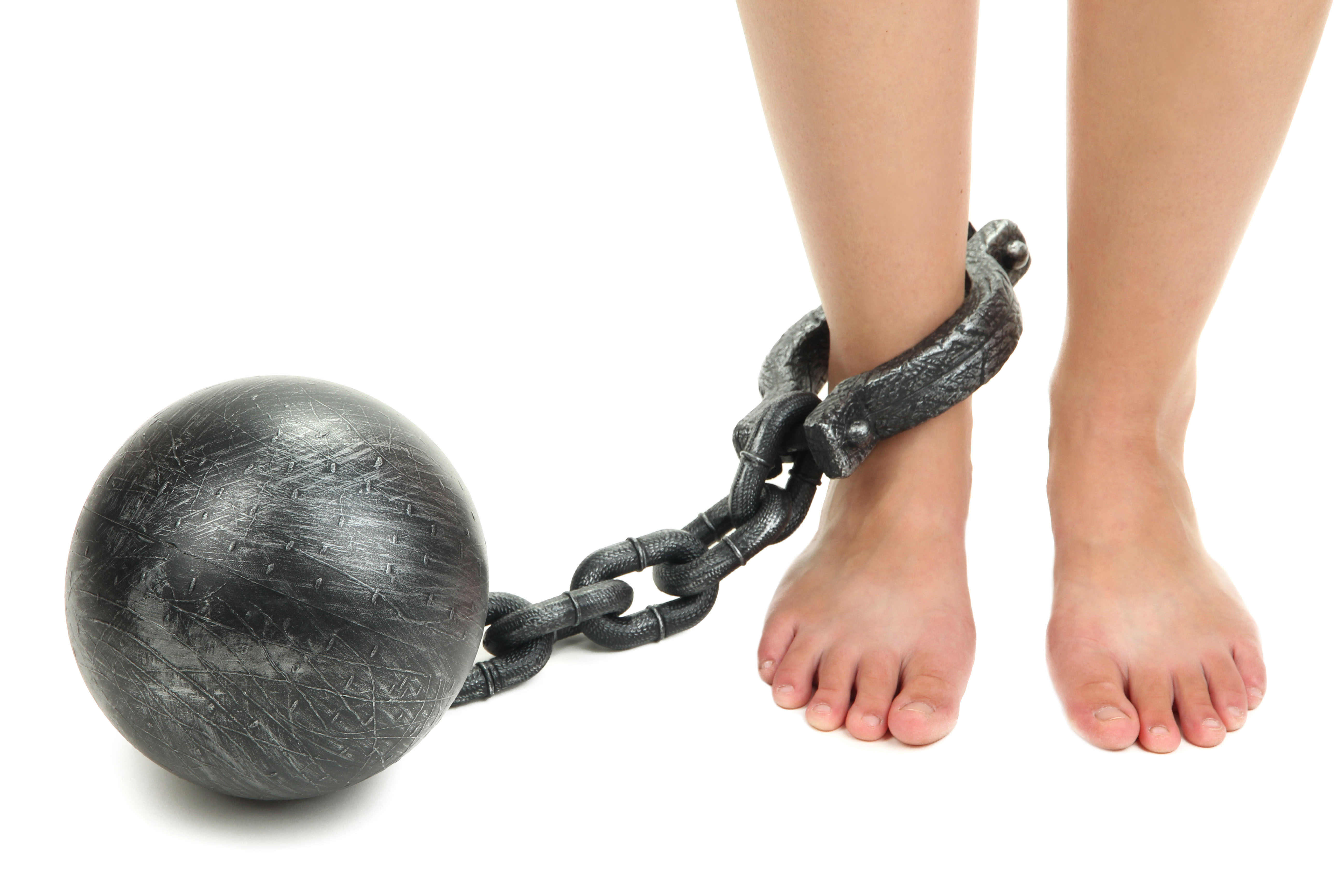
At the very worst, you spend some extra cash waiting in your doctor’s office to have your fears assuaged or get some minor advice on improving your diet; if all you’re dealing with is a mild vitamin deficiency, there’s an easy fix in your future. But if it’s something more serious, getting checked out while your feet are the only parts of your body exhibiting weird symptoms can help you avoid dealing with bigger problems in the future.
Hairless Feet
Depending on the region of the world you live in and the current fashion trends, there’s a chance that hairless feet are something that make you jump for joy—especially if you deal with unwanted body hair elsewhere on your person.
If you’ve always had hair on the tops of your feet and your toes, though, and it suddenly stops growing, it may not be time to jump for joy just yet.
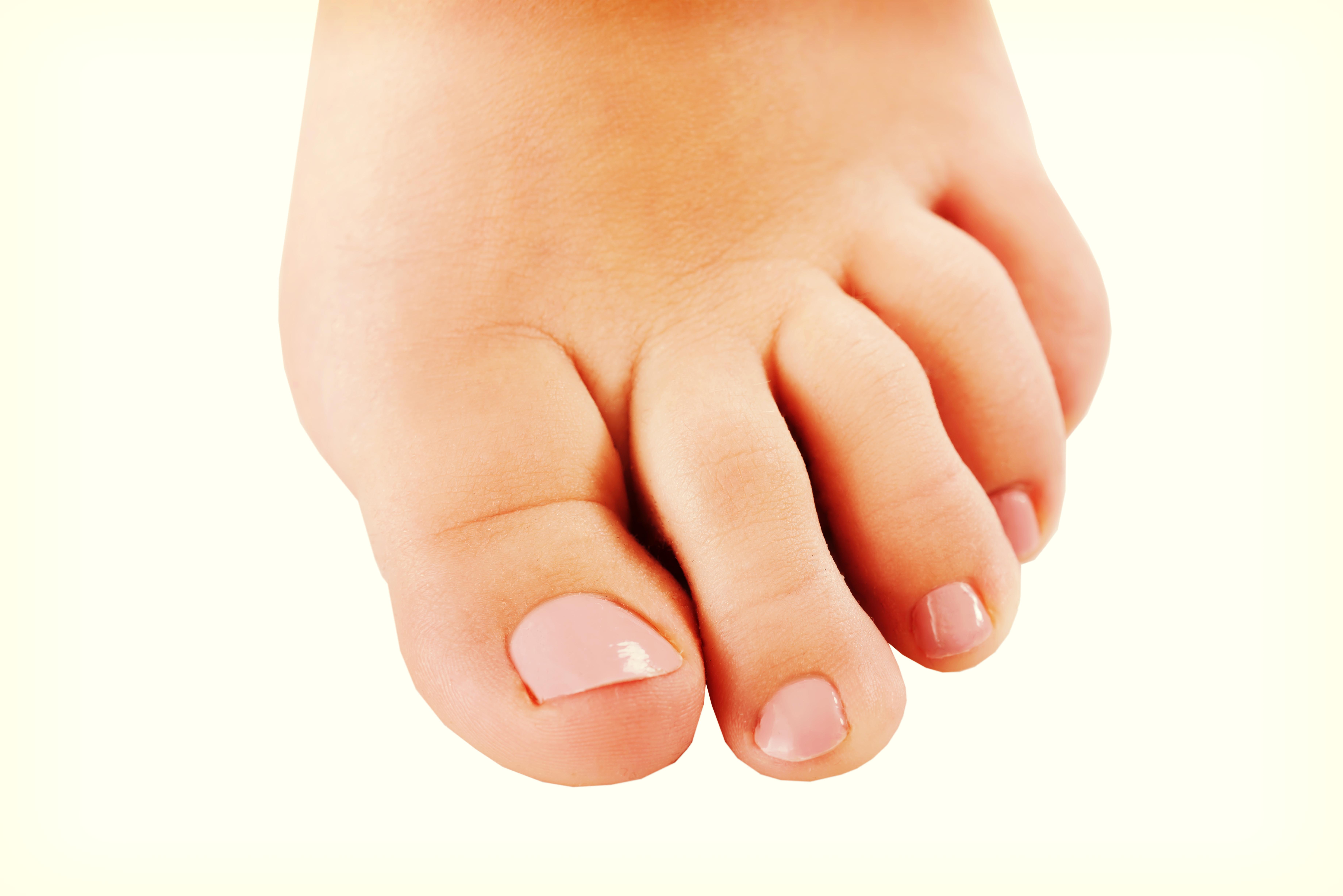
When parts of your body aren’t receiving proper nutrients, those parts of the body start to allocate the nutrients they are getting to the most vital functions. So if you’re dealing with poor blood flow due to cardiovascular disease or a slow-building blood clot, your body is going to stop performing the most trivial functions in your extremities—which means that things like hair growth on your hands and feet will fall away first.
Obviously, this is a symptom most easily noticed in men, as they tend to have heavier hair growth there to begin with. But even women can use this as a way to detect if there’s something wrong; if your lower legs stop growing hair as well, it’s time to head to the doctor.
Of course, age is a key factor as well. The older you are, the more likely it is that your body has simply stopped producing hair to begin with—so while you should still let your doctor know, there’s a chance that this gradual hair loss is simply a byproduct of age as much as anything.
Swollen Feet
If you’re pregnant, this can be an easy symptom to overlook—but for both expecting mothers and non-pregnant adults alike, swollen feet are a sign that something can be very wrong.
If you’ve been standing or sitting for a long period of time, you may have dealt with swollen feet at some point from lack of movement. When your muscles are inactive for long periods of time, it becomes tougher for blood to move back up to the heart. As a result, fluid starts to build up in the feet and ankles, causing them to swell.

That’s fairly typical while flying or standing still for long periods of time, but still important to avoid if possible—which is why moving around on a long flight or walking around when sitting for too long is recommended by doctors. If your feet and ankles are swelling for long periods of time, though, or if you’re dealing with severe swelling during pregnancy, it’s incredibly important to let a doctor know for a number of reasons.
In otherwise healthy adults, swollen feet can be a sign of heart failure; it’s caused by the heart’s inability to pump blood properly and can be a sign that the muscle is starting to weaken or shut down. In pregnant women, it can be a sign of preeclampsia, a condition that causes incredibly high blood pressure. The rapid increase in blood pressure can result in poor circulation, which causes the swelling.
These aren’t the only causes of swollen feet, so make sure to let your doctor properly check you out if you notice something’s amiss.
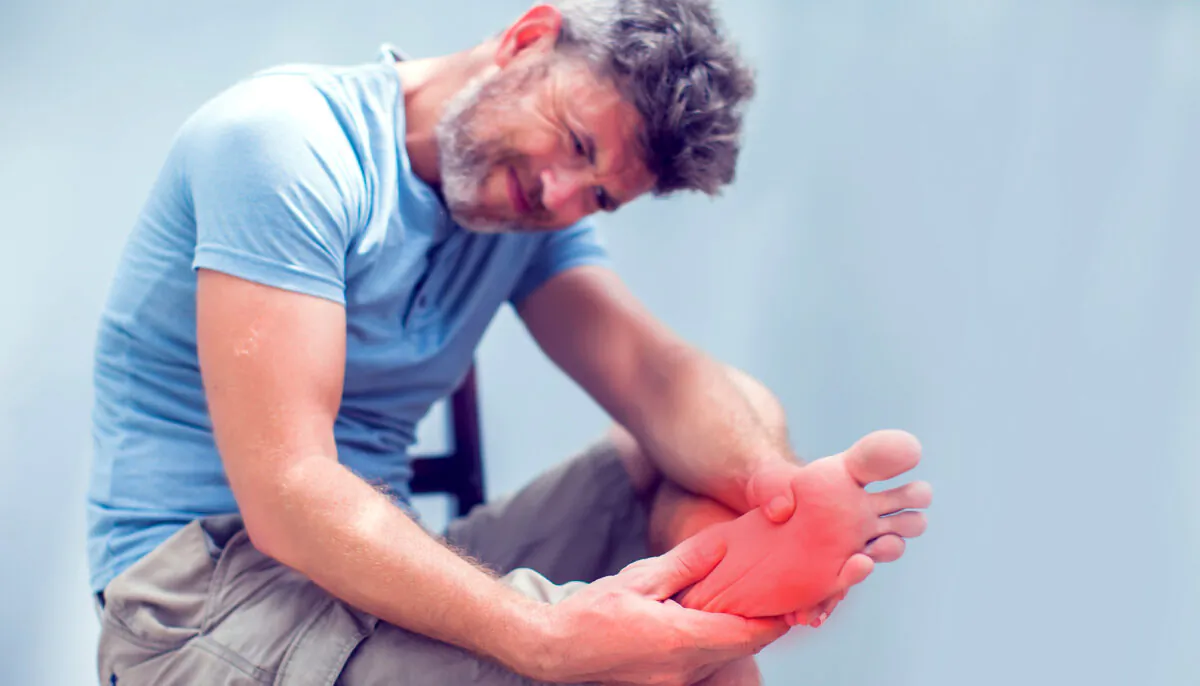

 Friends Read Free
Copy
Facebook
Tweet
Friends Read Free
Copy
Facebook
Tweet











